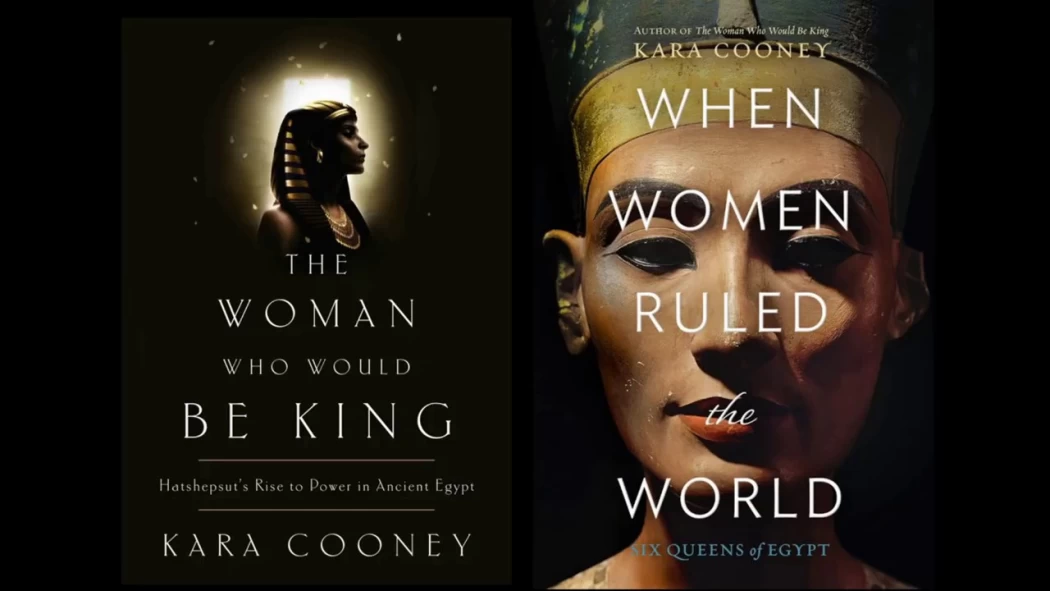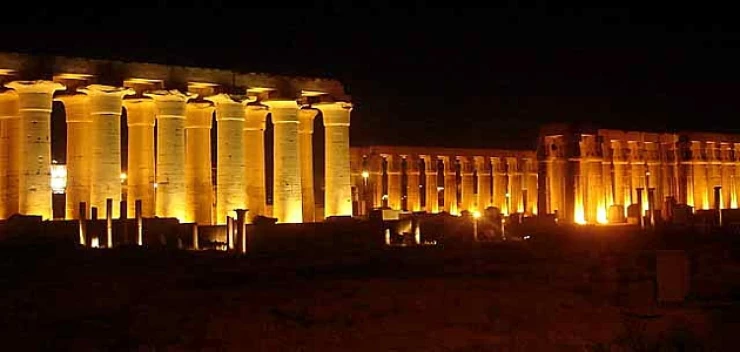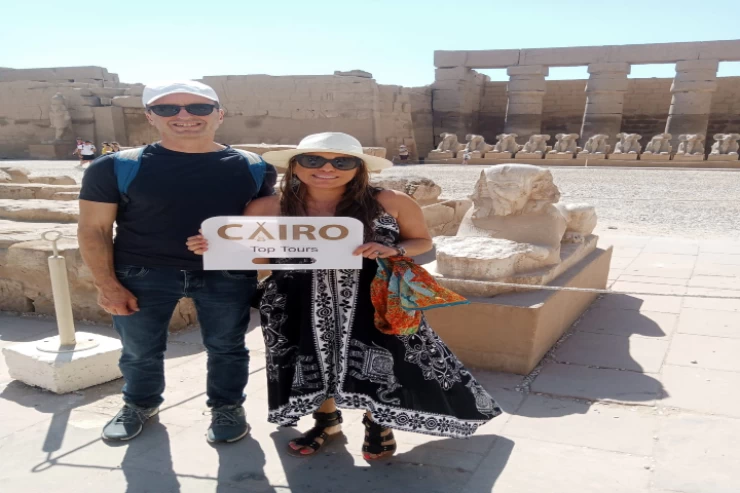
The power of the women in ancient Egypt
The power of the women in ancient Egypt
In the ancient history of Egypt, women assumed a prominent position in various walks of life, which made them partners with men if they were not one of the main reasons for the growth of Egyptian civilization. Therefore, it was not strange for society in the past to revere women and look at them with a view of "reverence" for thousands of years that made them strongly present in the two religious scenes And the worldly.
1-Marit Nate, the oldest queen of Egypt
Scholars of ancient Egyptian history have differed opinions regarding Queen Merit Nate, due to the remoteness of the period of time and the scarcity of definitive historical sources regarding her. So did she actually rule the country alone or was she a partner in government?
The French scholar Nicolas Grimal, head of the Chair of Studies of Ancient Egyptian History at the Institut Collège de France and former director of the French Scientific Institute of Oriental Archeology, says in his study entitled "History of Ancient Egypt" that the fourth king of the First Dynasty,
King Den, left the memory of a glorious and prosperous royal era Perhaps his reign began with a period in which she ruled "Merit Nate" as regent."The authority of the most senior officials backed and supported her, forcing King Dunn to limit this authority," Grimal added.
And it is proven historically that she is one of the kings of the first family who took power after the two kings, "Hor-Aha" and "Jir". Scholars found an inscription bearing her name on a plate in a tomb in Abydos, unlike her other tomb in Saqqara.
2-Khentkaus, mother of kings
"Khentkaus" inherited the throne of the country after a very short period of the reign of King Shepskav, the last king of the Fourth Dynasty. She is the mother of two kings who ruled from the two Upper Egyptians, "Sahure" and "Neferirkare", according to what was stated in her cemetery in Giza.
Grimal says that "Khentkaus" is the same Queen "Radjdat" that Papyrus and Westkar talked about when the magician "my grandfather" preached to her in the presence of King "Khufu" that she would have a daughter from God "Ra" with the first three kings of the Fifth Dynasty." Khentkaus" inherited the throne of the country after a very short period of the reign of King Shepskav, the last king of the Fourth Dynasty.
She is the mother of two kings who ruled from the two Upper Egyptians, "Sahure" and "Neferirkare", according to what was stated in her cemetery in Giza.
Most likely, King Shepskaf married Khentkaus, the daughter of Gadaf-Hor, the half-brother of King Gadaf-Ra, the son of King Khufu, in order to tighten the ties between the two branches of the royal family, and the Egyptians considered her the first grandmother of the Fifth Dynasty.
Shepscaf did not give birth to an heir to the throne, so scholars believe that she was a co-ruler of the king. The Egyptian scholar, Selim Hassan, in his English study “Hafar in Giza” says that “Khentkaus” took for herself titles including “Queen of Upper and Lower Egypt” and “Mother of the King of Upper and Lower Egypt,” and he believes that she was a legitimate heir to the throne, and this legitimacy passed to the Fifth Dynasty.
3-The Queen Hatshepsut
Queen Maat Ka Ra Hatshepsut (1482 BC), one of the most famous queens in history, and the fifth pharaoh of the Eighteenth Dynasty ruled from 1503 BC. Until 1482 BC. During her reign, he distinguished the strength of the army, the construction, and the journeys that she undertook.
She is the eldest daughter of the Egyptian Pharaoh, King Thutmose the First, and her mother Queen Ahmose, and her father, the king, had given birth to an illegitimate son, Thutmose the Second, and she accepted to marry him, according to the custom of royal families, so that they could participate together in the rule after his death, and this is a solution to the problem of having a legitimate heir to him.
This queen left many mysteries and secrets, and perhaps the most exciting of these mysteries is the character of "We will die", the engineer who built her famous temple in Deir al-Bahari, where she gave him 80 titles and was responsible for caring for her only daughter.
And if historians ’hints came to indicate the existence of a love affair that brought together the two, Senmut and Hatshepsut, then the queen and her servant also participated in a“ mythical life ”and each ended a mysterious ending that remains a mystery until now.
The establishment of her mortuary temple known as Deir al-Bahari has inscribed on it the story of the sacred birth and her journey to Bilad Bint, where it was brought from the country of Bint, such as ivory, ebony, other woods, leopard skins, gold, incense, live monkeys and monkeys.
The cemetery of Hatshepsut: The queen's purpose was to bury her under the niche of her temple, so in her cemetery in the Valley of the Kings, the length of the tunnel leading to the burial chamber was about seven hundred feet, and its depth perpendicular to three hundred feet. She set up two obelisks to celebrate her thirtieth first anniversary and as a memorial to her father, Thutmose the First, and the god Amun, then she erected two other obelisks in the Temple of Karnak.
Latest Articles
Admin
Seabourn Sojourn Cruise Stops in Safaga Port
The Seabourn Sojourn, the flagship vessel of Seabourn Cruise Line's ultra-luxury fleet, was built in 2008 at the T. Mariotti shipyard in Genoa, Italy. Measuring 198 metres, it can accommodate up to 450 guests in its 225 spacious all-suite staterooms.
Admin
Norwegian Sky Cruise Stops in Safaga Port
Norwegian Cruise Line operates a cruise ship called the Norwegian Sky. It was constructed in 1999 and can accommodate 2,004 passengers in addition to 878 crew members. The ship has several dining establishments, lounges and bars, a spa and fitness center, swimming pools, and a number of entertainment areas.
Admin
Explora II Cruise Stops in Safaga Port
Explora II, the second vessel in the Explora Journeys fleet, sets sail in 2024 to redefine luxury cruising. With 461 ocean-front suites, 9 culinary experiences, and 4 pools, this haven of sophistication and sustainability promises an unforgettable "Ocean State of Mind" journey to inspiring destinations.
Admin
Mein Schiff 6 Cruise Stops in Safaga Port
The Mein Schiff 6 is the latest cruise ship in the renowned TUI Cruises fleet, offering passengers a luxurious and sophisticated cruise experience. At 315 metres long, this floating resort features a range of dining options, entertainment, and recreational facilities, including a spa, fitness centre, and sports amenities.
Admin
Mein Schiff 4 Cruise Stops in Safaga Port
When the Mein Schiff 4 cruise ship docks in Safaga, Egypt, passengers are granted access to a realm of ancient wonders. Aboard this state-of-the-art vessel, guests can embark on meticulously curated shore excursions that showcase the region's most iconic landmarks, including the Giza Pyramids, the enigmatic Sphinx, and the remarkable tombs and temples of the Valley of the Kings in Luxor.
Admin
MS Europa Cruise Stops in Safaga Port
The Silver Moon, Silversea's latest flagship, is a luxury cruise ship that offers an exceptional travel experience for Venezuelans exploring Egypt. With a capacity of 596 guests and an impressive 40,700 gross tonnes, the Silver Moon maintains the small-ship intimacy and spacious all-suite accommodations that are the hallmarks of the Silversea brand.















